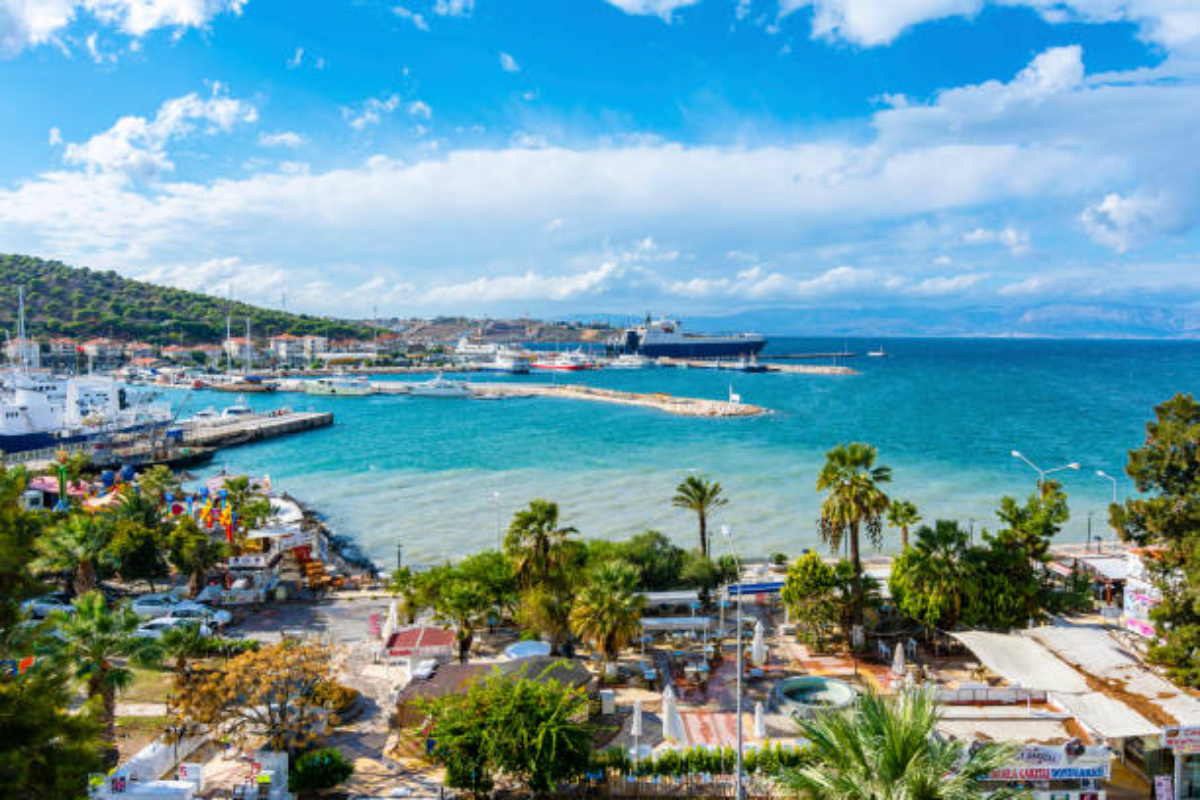Machu Picchu: History and Interesting Facts

History of Machu Picchu
The history of Machu Picchu begins in the mid-15th century during the golden age of the Inca Empire. This ancient city was built by the Inca Emperor Pachacuti and is considered by many historians and archaeologists to be a royal retreat, a temple, or a watchtower. As an example of Inca civilization’s remarkable engineering skills, Machu Picchu is located on steep cliffs that rise to 2,430 meters in height.
The city was carefully designed and constructed with Inca stonework. The stones are cut so perfectly that they interlock without the use of mortar, which has allowed the structure to survive to this day. The buildings in the city are divided into functional areas, including temples, living spaces, terraces, and water channels.
Discovery of Machu Picchu
Machu Picchu was rediscovered in 1911 by American historian and archaeologist Hiram Bingham. Although the local people had known the area as "Old Mountain," it was Bingham’s excavation that made Machu Picchu known to the Western world. Bingham was the first Western researcher to reach the site and introduced its historical importance to the world.
The Mystery of Machu Picchu
The exact purpose of Machu Picchu’s construction is still unknown. Some theories suggest that the city was a vacation spot or a religious center for Inca Emperor Pachacuti. Another theory posits that it was built as a sacred space for Inca aristocracy and priests. Today, Machu Picchu is not only an archaeological site but also a symbol of Inca culture.
Interesting Facts
-
The Name of Machu Picchu: "Machu Picchu" means "Old Mountain" in the Quechua language. However, during the excavations and research, it was found that the locals had previously referred to the area by different names.
-
Hidden Settlement: One of the most significant features of Machu Picchu is that it was forgotten by both the local people and the Western world. The city was abandoned after the fall of the Inca Empire, and its rediscovery only occurred in the 20th century. This allowed the city to blend with nature and preserve its original structure.
-
Inca Engineering: Machu Picchu is considered a masterpiece of Inca stonework. The Inca engineers cut the stones with such precision that they fit together perfectly without leaving any gaps, and no mortar was used. This method also made the structure resilient to seismic activity.
-
Biodiversity: Machu Picchu is not only a historical site but also rich in biodiversity. The high mountains allow various ecosystems to coexist. Many bird species, exotic plants, and even rare animals inhabit the area.
-
Tourism and Preservation: Machu Picchu attracts millions of tourists each year. However, the growing number of visitors and environmental impact make conservation efforts challenging. The Peruvian government is working to preserve this historical site by limiting visitor numbers and organizing special tours.
How to Visit
The most common way to visit Machu Picchu is to fly to Cusco and then take a train to Aguas Calientes. From there, visitors can hike or take a bus to reach Machu Picchu. There are also various trekking routes, such as the Inca Trail, for nature enthusiasts. It’s important to book in advance, as access to the site is limited.










